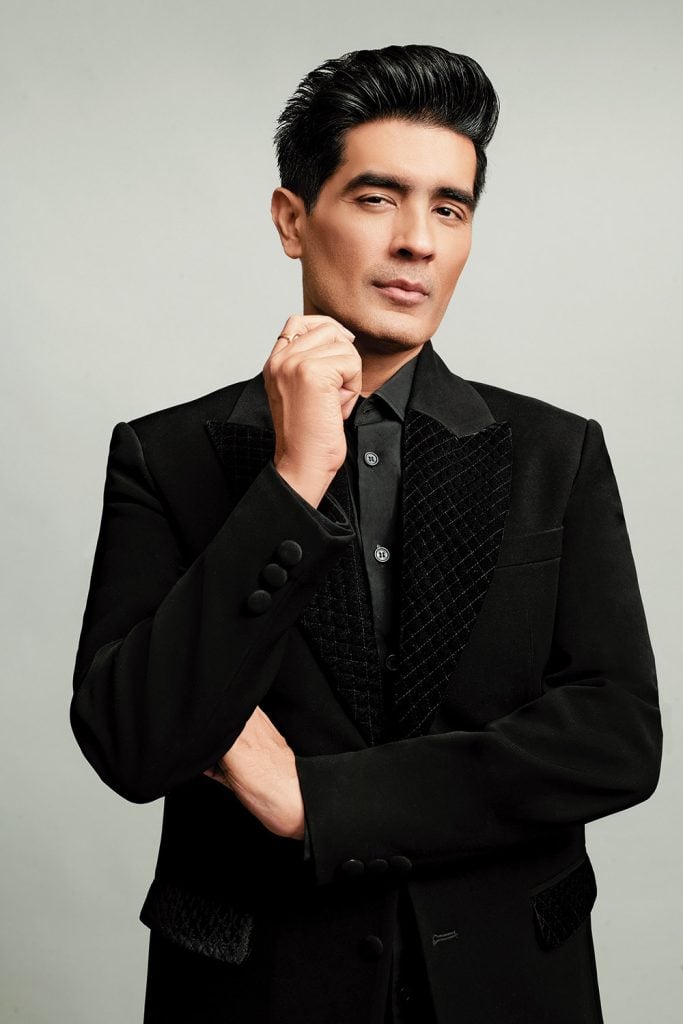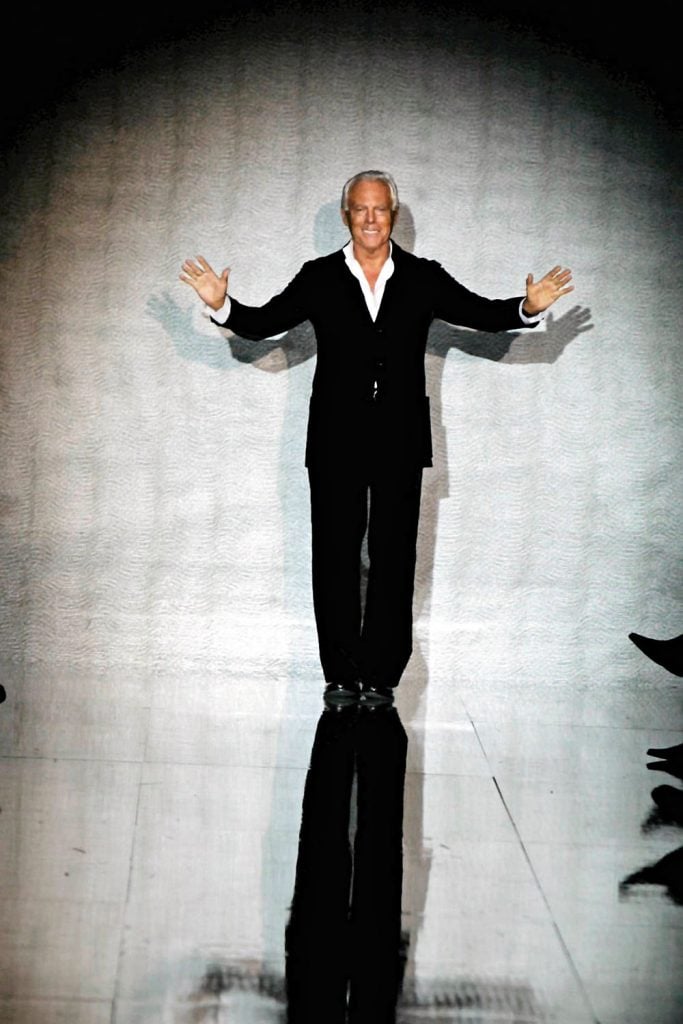‘He Trusted His Own Vision’: Manish Malhotra On Giorgio Armani
The couturier reflects on Armani’s lasting legacy, gender fluid fashion and his deep connection with cinema
Armani’s legacy, is really about elegance through minimalism. He completely changed the way we think about luxury. For him, less was always more, but somehow, even without any extravagance, his clothes still felt so powerful. Coming from India, where colour, embroidery, and ornamentation are such a big part of everything we do, it was really eye-opening to see how minimalism could make such a strong statement. Even though I love glamour, I’ve always admired his craftsmanship, the way the fabric and the cut are often the hero element, and how timeless his designs feel.
The power suit — it’s just iconic. It wasn’t a fad. It really changed the way people look at suits. Armani gave women this amazing sense of authority through what they wore, and at the same time, he gave men a modern sensibility. You still see that influence everywhere today —it has inspired so many designers and stylists. The way he worked with cut, structure, and flow — it’s more than just fashion. It was about identity.

Armani insisted on “more gentleness for men and more strength for women.” That’s Armani’s magic — he made men’s clothing feel softer and more fluid, and at the same time gave women clothes that were strong, confident, but never aggressive. I love that idea — that fashion should lift you but not overshadow you. It’s all about that balance, that mix of strength and gentleness. I try to bring that same feeling into my work, whether I’m dressing someone for the movies or for real life.
While some have critiqued him as conservative, he was actually consistent. He knew the difference between trends that come and go, and style that really lasts. He knew his language and he refined it again and again. In fashion, sometimes if you don’t change too much, people call you conservative, but I believe longevity is built on clarity. In my own career, I’ve seen that — people expect reinvention every season, but at the same time, they also come to you for a certain signature. In my case, that has often been my signature sequin saree.

For Armani, it is his consistency that made him timeless. He really did things differently by keeping his house independent. It showed how much he trusted his own vision and instincts. I admire that. For me, the takeaway is the idea of staying true to what you believe in and building something that reflects your own terms and values that’s a lesson everyone in fashion can learn from. He believed fashion’s true success was being on the streets, not in editorials or shows. I agree, but I’d say it’s a balance. Fashion starts in editorials, shows, and cinema — that’s where the ideas, the vision, and the storytelling happen. Then it makes its way to the streets, where it truly lives in everyday life. For me, both are important: the runways and media inspire, and the streets bring fashion to life.
The Italy-India Connection
Our cultures are so similar, so there are bound to be parallels between Italian and Indian fashion. Both really celebrate craft and detail, but they do it in their own ways. In Italy, it’s about tailoring, the structure, the cut and the way a suit or a coat falls so perfectly. In India, it’s about embroidery, weaving and textiles. What’s lovely is that both worlds hold on to their heritage but still move forward with modernity. And in the end, fashion everywhere is really about identity and about saying who you are. That’s something I’ve always believed in, and it’s at the heart of my own work too. You can really see the vibrancy and colour in his work that feel so distinctly Indian, and even the fabrics that are just so luxurious. I remember his capsule collection with the achkans; it was such a fresh, take on traditional Indian wear. Honestly, it’s clear that India genuinely inspired him.
Inspiration from Cinema
“When I was young, movies were my real education,” Armani said. “Much more than what I learned at school, they shaped my imagination, my culture and my tastes.”
I relate to Armani very deeply on this. Cinema was also my education. I didn’t go to design school; I learned through films. Movies taught me about craft that was larger than life, about storytelling, about how clothes can transform a character. Armani’s relationship with Hollywood is similar to mine with Indian cinema. He dressed actors in a way that shaped the culture, and my trajectory speaks the same in the Indian film industry- making costumes that go beyond fashion to become part of how people remember an era. Fashion works best when it brings out someone’s essence, rather than overpowering it. Celebrities are modern icons, and dressing them takes sensitivity, vision, and trust. It’s about balancing their desires with the vision of the brand — and that’s exactly where the magic happens. Fashion, for me, is about empowerment. It is about expression, confidence, and transformation. Fashion is not just what you wear, it’s a reflection of identity, personality, and aspiration.